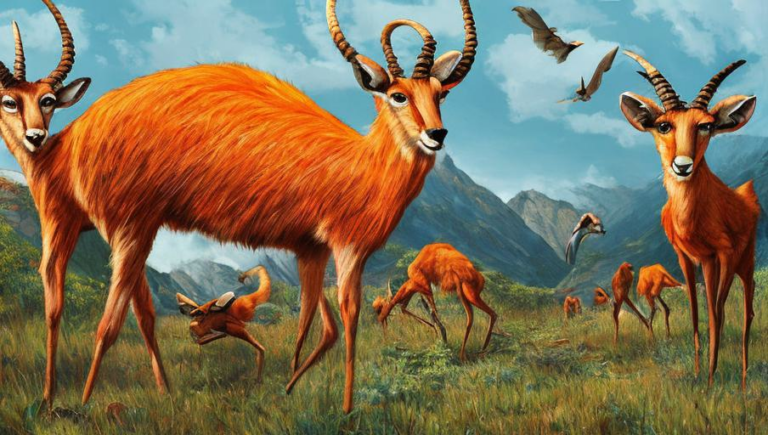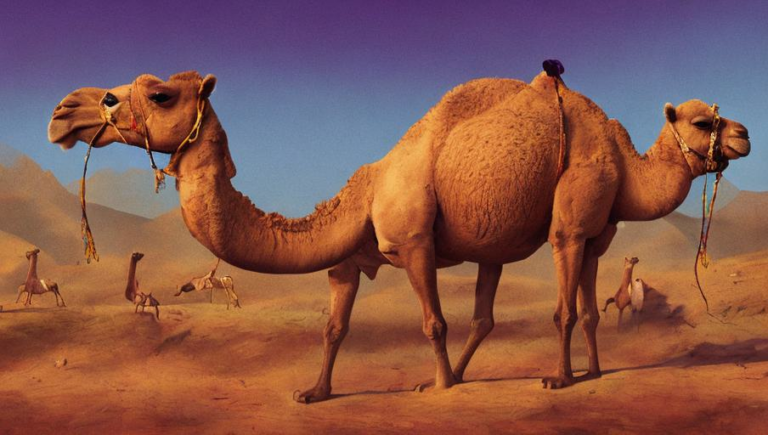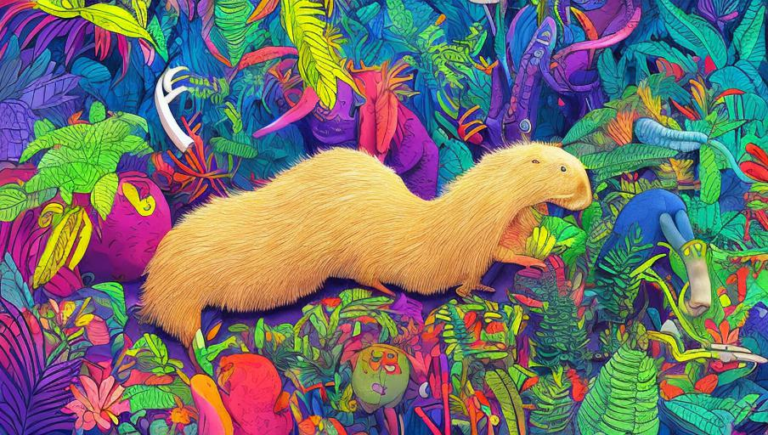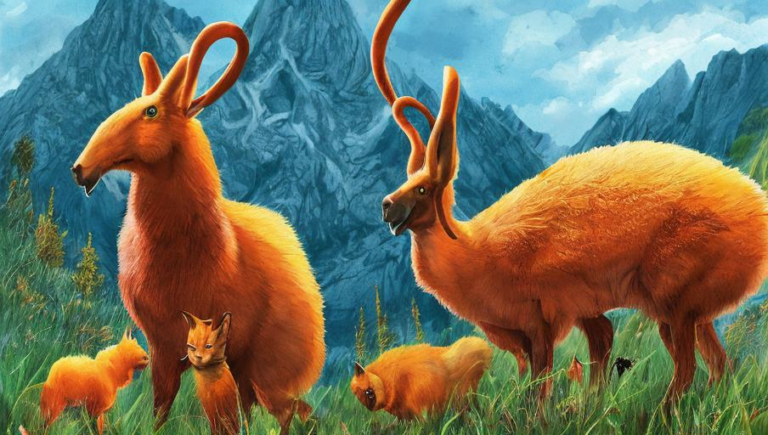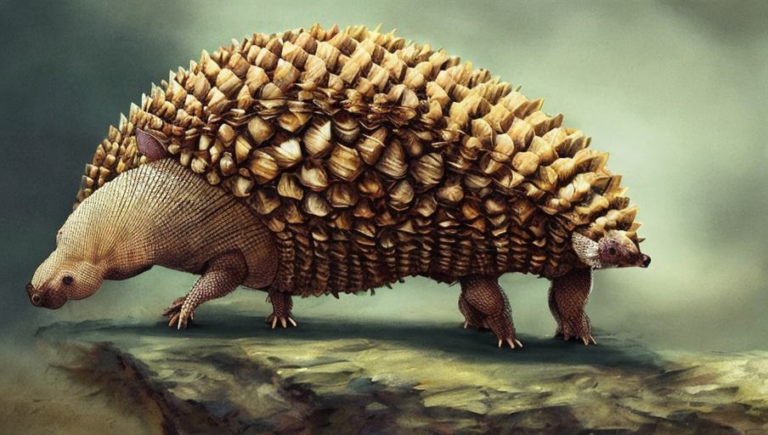Zooming in on the Dugong: Natural Habitats and Human Impact
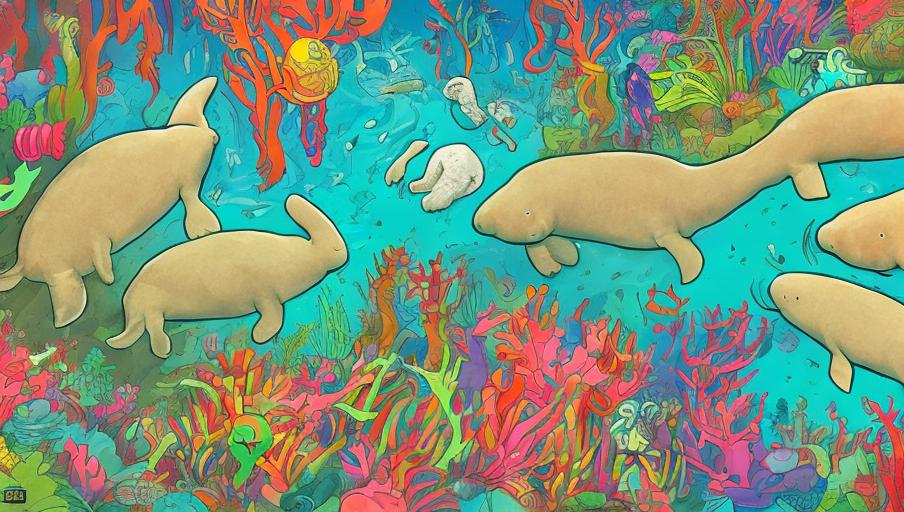
Introduction
The dugong is a large marine mammal found in coral reefs and shallow coastal habitats of the Indian and Pacific Oceans. It is the only living species in its family and is closely related to the manatee. The dugong has a large, heavy body and can grow up to three meters (10 feet) in length and weigh up to 500 kg (1,100 pounds). It is an herbivore and feeds mainly on seagrass.
Natural Habitat
The dugong’s natural habitat is found in the warm waters of the Indian and Pacific Oceans. It is especially abundant in areas such as the Red Sea, Persian Gulf, Gulf of Aden, and the Bay of Bengal. They are also found in the waters of Australia, Papua New Guinea, the Solomon Islands, and the Philippines. The dugong can be found in areas with shallow coastal waters, coral reefs, and seagrass beds. It is usually found in water depths of up to 30 meters (100 feet).
Physical Characteristics
The dugong has a large, heavy body, a flattened tail, and paddle-like front flippers. Its skin is smooth and grayish-brown in color. Its muzzle is long and its upper lip is split into two. Its nostrils are located at the end of its muzzle, and its eyes are small and close-set. Its diet consists mainly of sea grass, which it finds by using its sensitive, bristled upper lip.
Behavior
The dugong is a slow-moving mammal and is usually found alone or in groups of two or three. They tend to stay close to the shore and in shallow areas, where the food supply is plentiful. They are most active during the day and usually rest during the night. Dugongs are also known to be very social creatures, and they communicate with each other through vocalizations and body postures.
Reproduction
Dugongs are able to reproduce when they reach the age of five or six. The mating season typically takes place from June to October. Females typically give birth to one calf every two to seven years. The gestation period lasts around 14 months and calves are weaned at the age of one year.
Threats
Dugongs are currently listed as a vulnerable species by the International Union for Conservation of Nature (IUCN). They face numerous threats, such as habitat destruction, illegal hunting, boat strikes, and entanglement in fishing gear. Climate change is also having a major impact on their habitats, as rising sea levels and ocean acidification are destroying their seagrass beds.
Conservation Efforts
Various organizations are working to protect the dugong and its habitat. These efforts include creating protected areas, implementing sustainable fishing practices, and educating local communities about the importance of conservation. In addition, various laws and regulations have been put in place to protect the species, such as the Dugong Protection Act of Australia.
Conclusion
The dugong is a unique and fascinating species that plays an important role in its environment. It is important to take action to protect this species and its habitat, as its population is declining due to human-caused threats. By taking action and supporting conservation efforts, we can ensure that the dugong and its habitat are preserved for future generations.
